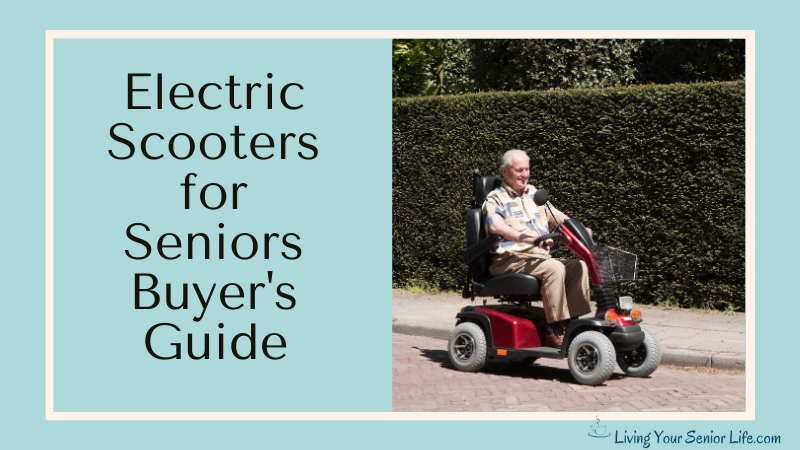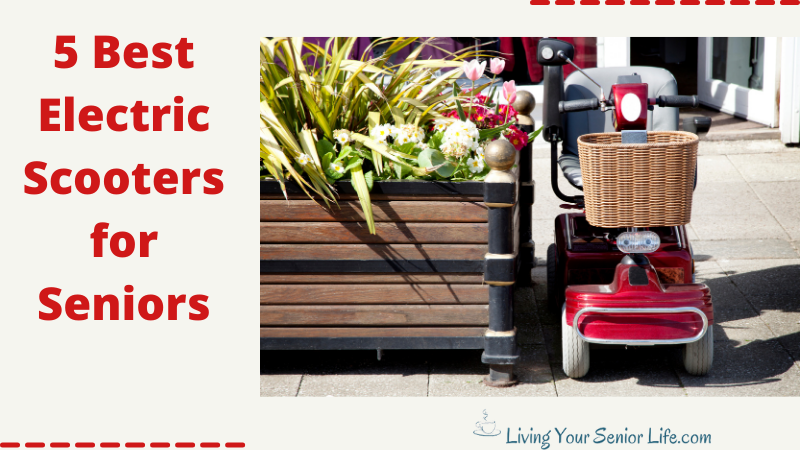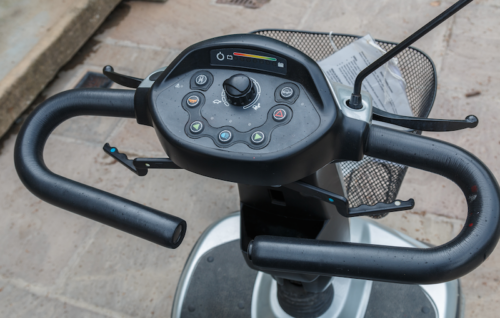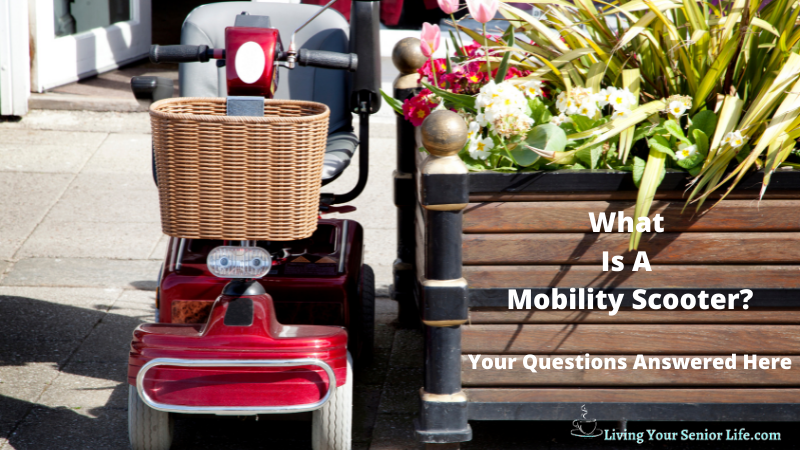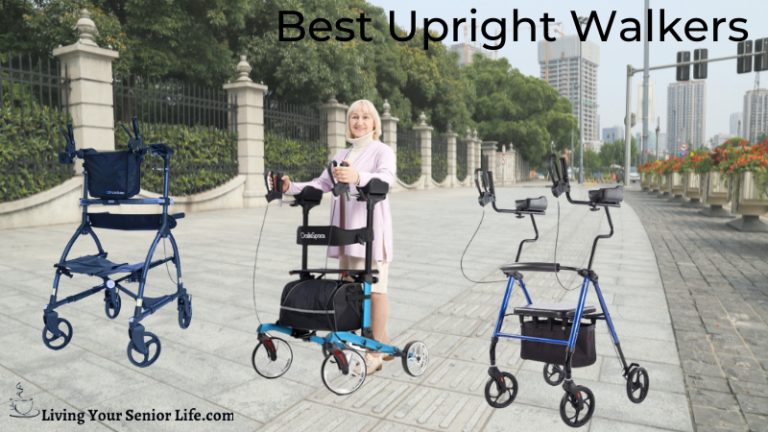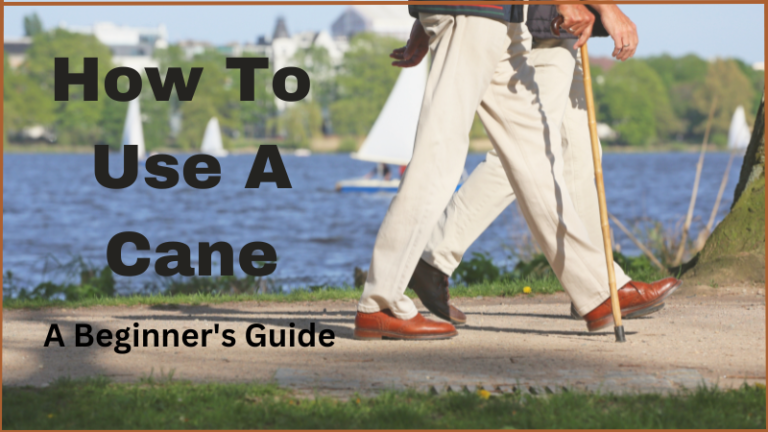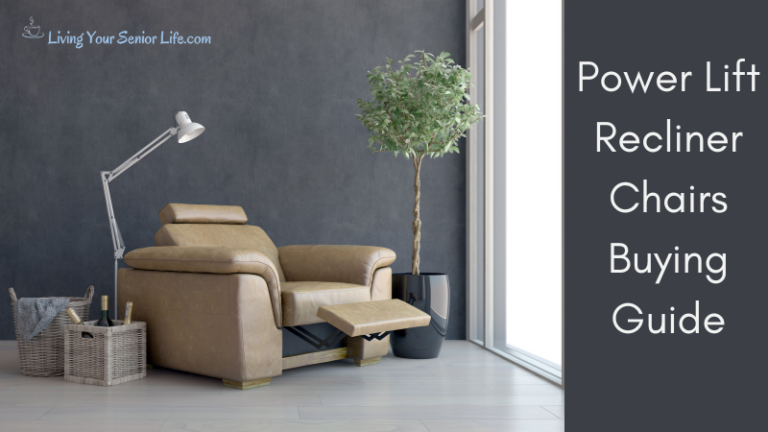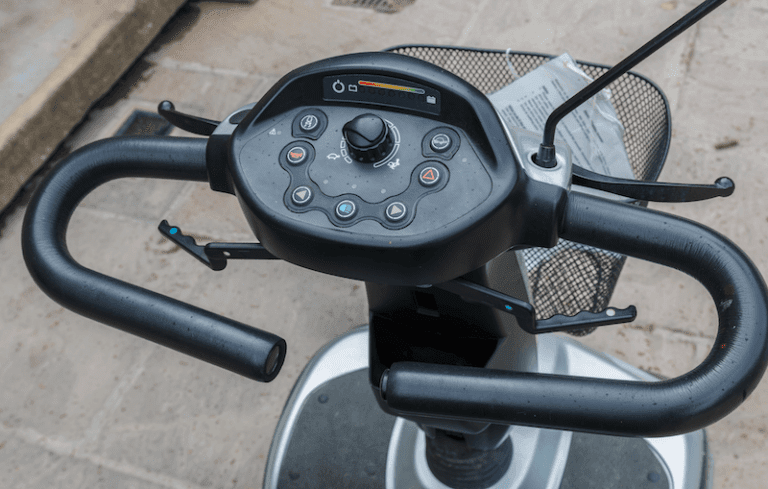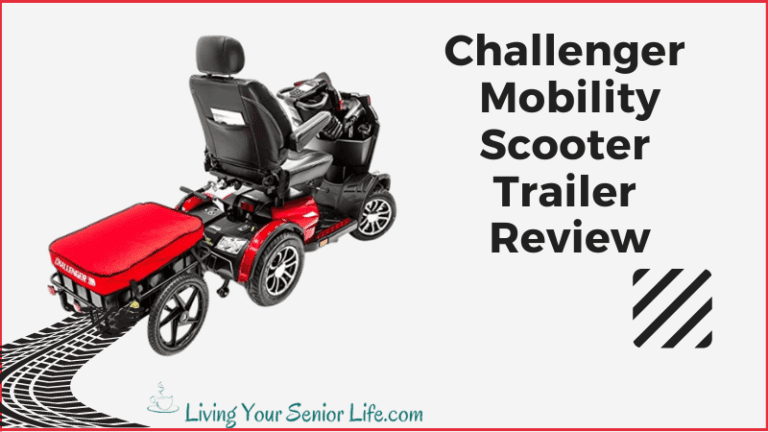As we age, maintaining mobility and independence becomes increasingly important. Electric scooters for seniors are a fantastic solution to ensure that older adults can enjoy the freedom and convenience they deserve. In this comprehensive guide, we will explore the world of electric scooters for seniors, offering valuable insights into choosing the perfect scooter to suit your specific needs.
Have you been limiting life’s activities because of a lack of mobility, missing out on family adventures, or enjoying the outdoors? Maybe walking has become difficult, so you sit on the couch, spending your days in boredom. Do you miss the independence that limited mobility may have? Perhaps it’s time you look into purchasing one of the many types of electric scooters for seniors.
Disclaimer: This article is provided solely as guidance and does not constitute legal advice. You are responsible for knowing and following the laws that pertain to mobility scooter use in your local area or state.
In This Guide We’ll Cover:
- Why electric scooters can be a great option for seniors looking to maintain their independence and mobility.
- Factors to consider when choosing an electric scooter, such as weight capacity, battery life, and portability
- The cost of electric scooters.
- Safety guidelines for using electric scooters.
Benefits of Electric Scooters for Seniors
For a senior scooters offer a range of benefits contributing to an improved quality of life:
- Enhanced Mobility: Electric scooters provide seniors with a means of transportation that is easy to use and accessible, allowing them to move around their communities independently.
- Social Engagement: These scooters encourage seniors to stay active and engage in social activities, combating feelings of isolation and loneliness.
- Physical Activity: Using an electric scooter involves mild physical activity, helping seniors maintain better health and fitness.
Vidoe: Electric Scooters for Seniors
Types of Electric Scooters
Before you haphazardly go out and get on a scooter, there are some options and differences you want to understand and consider before purchasing. We’ll take a look at some of the options in the following sections.
Number of Wheels
First, consider the number of wheels you want. There are 2, 3, and 4-wheel scooters, and each has its advantages and disadvantages. For the purpose of this article, we will look at the 3 and 4-wheel electric scooters.
3 Wheel Scooter
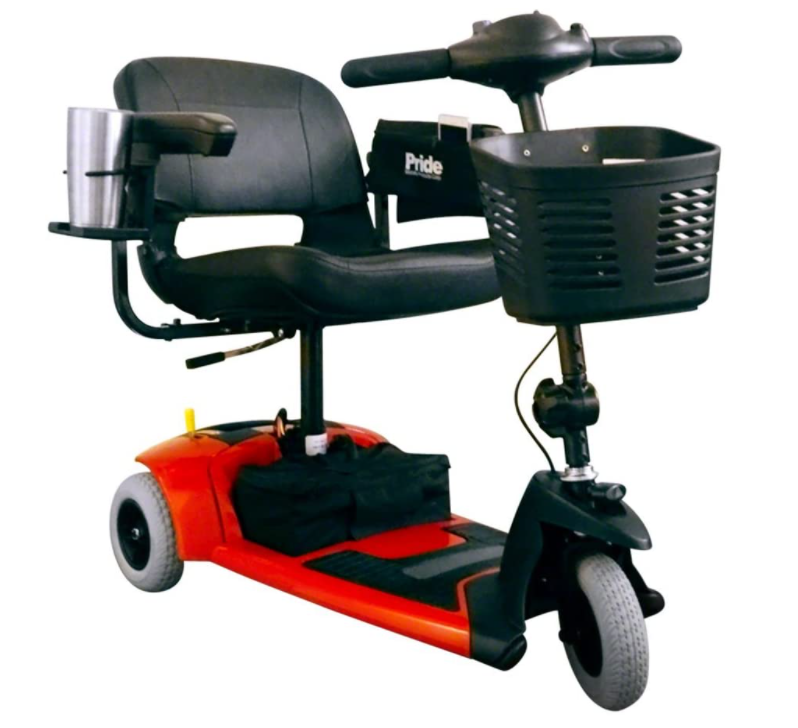
Three-Wheelers: These scooters offer stability and balance, making them ideal for seniors who require extra support.
- Good For Indoor Use
- Tight Turning Radius
- Fits In Smaller Spaces
- More Legroom Because Of The Absence Of The 2nd Wheel In Front
- Not As Stable As A 4 wheel scooter
- Usually Lighter Than The 4 wheel scooter
- Lower Price Point Than The 4 wheel scooter
4 Wheel Scooter
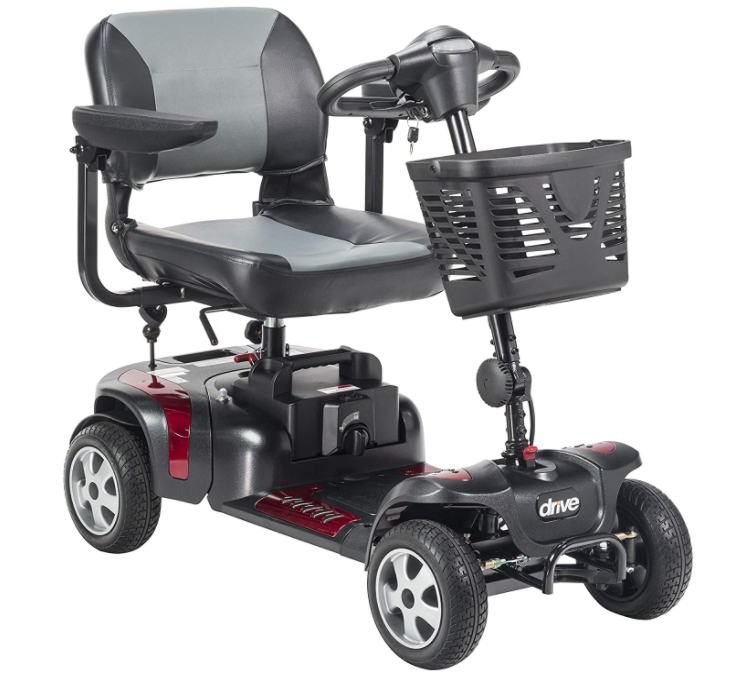
Four-Wheelers: Known for their durability, these scooters are suitable for outdoor use and can handle rough terrains.
- Better For Outdoor Use And Uneven Terrain
- Not As Maneuverable As A 3 Wheel
- Broader Stability
- Heavier Than A 3 Wheel
- Expect A Higher Price Point Than The 3 Wheel
Class 2 and 3 Scooters: What are the Similarities and Differences?
Class 2 and Class 3 are classifications for electric mobility scooters, also known as Personal Mobility Devices (PMDs). These classifications are based on specific characteristics and regulations that determine where and how these scooters can be used. Let’s explore the similarities and differences between Class 2 and Class 3 electric scooters:
Similarities:
- Purpose: Both Class 2 and Class 3 electric scooters are designed to provide mobility assistance to individuals, especially those with limited mobility, such as seniors or people with disabilities.
- Electric Power: These scooters are powered by electric motors, which makes them eco-friendly and efficient in terms of energy consumption.
- Comfort and Convenience: Both classes of scooters are built with features to ensure rider comfort and convenience, including ergonomic design, comfortable seating, and user-friendly controls.
- Safety Features: Safety features are incorporated into the design of both classes, such as lights, reflectors, and horn systems, to enhance the safety of the rider and those around them.
Differences:
- Speed and Power: One of the primary differences between Class 2 and Class 3 electric scooters is the maximum speed and power they offer. Class 2 scooters are limited to a maximum speed of 4 mph (6.4 km/h), while Class 3 scooters can reach higher speeds, typically up to 8 mph (12.9 km/h) on the road and 4 mph (6.4 km/h) on pedestrian pathways.
- Location of Use:
- Class 2: These scooters are designed for use on pedestrian pathways and sidewalks. They are typically limited to indoor and outdoor spaces where pedestrian traffic is expected.
- Class 3: Class 3 scooters are suitable for both pedestrian pathways and roads. They are road-legal and equipped with the necessary features for safe road use, such as headlights, taillights, indicators, and rearview mirrors.
- Legal Requirements:
- Class 2: Class 2 scooters are subject to fewer legal regulations, as they are primarily intended for pedestrian use. However, they may still be subject to local regulations and restrictions.
- Class 3: Class 3 scooters are subject to more stringent legal requirements and may need to be registered and insured in some areas. Riders of Class 3 scooters may also require a driving license or undergo specific training.
- Use Case:
- Class 2: These scooters are ideal for seniors or individuals with limited mobility who require assistance for short-distance travel, typically within a residential area or shopping complex.
- Class 3: Class 3 scooters are more versatile and suitable for longer commutes, offering increased mobility and independence for seniors and individuals with disabilities. They are designed for a wider range of outdoor activities and may be used for commuting on the road.
In summary, while both Class 2 and Class 3 electric scooters serve the purpose of providing mobility assistance, they differ significantly in terms of speed, location of use, legal requirements, and use cases. The choice between the two classes should be based on an individual’s specific needs and the intended usage environment. Always be sure to check local regulations and guidelines before using an electric scooter to ensure compliance with relevant laws.
Charge Distance and Battery Life
Travel distance or battery range on a single charge varies from scooter to scooter but usually ranges from 6 to 20 miles. Some higher-end models can get up to 45 miles on a single charge.
The life of the battery depends on how often the scooter is used. If used daily, the battery will last, on average, 18-24 months. If you use the scooter less, say once a week, it may last up to 3 years.
Portability
Will you be using your scooter away from home? If you are, then you want to consider a portable scooter, one that is foldable. Foldable scooters are perfect for seniors who need portability and easy storage as these scooters can be folded and transported with ease. Other benefits include being compact, lightweight, and easy to maneuver.
Something to consider when traveling by plane is that you’ll want to be sure that the motorized scooter is approved by the airline. Some of the benefits of portable scooters include being compact, lightweight, and easy to maneuver.
You Might Also Be Interested In Reading: Best Mobility Scooter Transport Racks
Video: Can You Travel Overseas With A Mobility Scooter or Electric Wheelchair?
Types of Handlebars
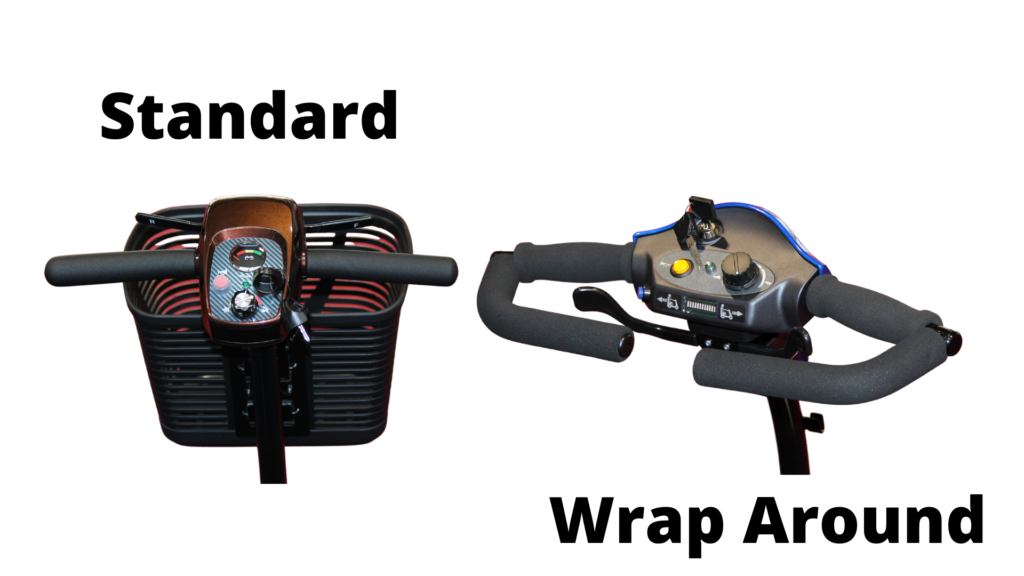
There are two main types of handlebars that come on mobility scooters; Tiller (T-Bar or Standard) and Wrap Around.
Tiller:
- Design: Tiller handlebars have a T-shaped design, similar to the handlebars of a bicycle, where the user holds onto a horizontal bar with handle grips on either side.
- Steering Style: Tiller handlebars allow for more traditional and direct steering. Users grip the handles and control the scooter’s direction by turning the tiller left or right.
- Comfort: Some users find T-bar handlebars comfortable, especially if they have experience with bicycles or prefer a more conventional steering style.
- Accessibility: T-bar handlebars may offer easier access to the controls, making them suitable for individuals with limited dexterity.
- Visibility: Tiller handlebars typically provide a clearer view of the scooter’s dashboard or control panel.
Wraparound Handlebars:
- Design: Wraparound handlebars have a curved or looped design that extends around the sides and front of the scooter’s tiller column. They create a more enclosed and ergonomic grip area.
- Steering Style: With wraparound handlebars, users hold onto the loops or curved grips. Steering is accomplished by turning the entire tiller column, which can be more intuitive for some users.
- Comfort: Wraparound handlebars are designed with user comfort in mind. They provide a secure and ergonomic grip, reducing strain during extended use.
- Accessibility: Some users with mobility limitations or reduced dexterity may find wraparound handlebars easier to use, as they offer a more natural and accessible hand position.
- Appearance: Wraparound handlebars can give mobility scooters a more modern and streamlined appearance, which some users prefer.
The choice between Tiller handlebars and Wraparound handlebars on a mobility scooter depends on user preference, comfort, and specific mobility needs. Some users may find Tiller handlebars more familiar and comfortable, while others may opt for Wraparound handlebars for their ergonomic design and ease of use, especially if they have limited hand strength or dexterity. Ultimately, the choice of handlebars should prioritize the user’s comfort and ability to operate the mobility scooter effectively.
Seat Size and Adjustability
The average width of most mobility scooters is somewhere between 16″ and 18″. Some scooters come with the option to upgrade to a wider seat. Also, a height adjustment option for the seat will allow you to fit comfortably, given your height.
Another feature that makes getting on and off a mobility scooter easier is a swivel seat that swings outward.
Speed
Mobility scooters usually have a speed of somewhere between 4 mph and 18 mph. The average is on the lower end of this spectrum, somewhere between 4 and 5 1/2 mph. Be sure when looking at purchasing a new mobility scooter that the driver is able to handle the speed with ease and able to have a quicker reaction time the higher the speed.
Suspension
Mobility scooters, like other vehicles, can benefit from suspension systems. Suspension in mobility scooters is designed to provide a smoother and more comfortable ride for users, especially when navigating uneven terrain. Here’s some information about mobility scooter suspension:
Types of Suspension Systems:
Mobility scooters can feature various types of suspension systems:
- Spring Suspension: This is a common type of suspension in mobility scooters. It uses coil or leaf springs to absorb shocks and bumps. Spring suspension is effective at smoothing out the ride.
- Pneumatic Suspension: Some high-end mobility scooters feature pneumatic suspension, which uses air-filled shock absorbers to provide a more adjustable and cushioned ride.
- Front and Rear Suspension: Mobility scooters can have suspension systems in the front and rear, which further enhances stability and comfort. Dual-suspension scooters are ideal for rough terrain.
Benefits of Suspension:
- Comfort: Suspension systems reduce the jarring impact of uneven surfaces, ensuring a more comfortable and enjoyable ride, which is especially important for users with mobility issues.
- Safety: Improved stability and traction mean that users are less likely to lose control of their scooters when driving on uneven terrain, minimizing the risk of accidents.
- Durability: Suspension helps protect the scooter’s frame and components by absorbing shocks that might otherwise cause damage over time.
- Versatility: Scooters with suspension can handle a broader range of terrains, from city sidewalks to rural paths, making them suitable for various lifestyles and needs.
Considerations When Choosing a Mobility Scooter with Suspension:
When selecting a mobility scooter, it’s essential to consider your specific needs and the types of terrain you’ll be navigating. Here are some things to keep in mind:
- Terrain: If you plan to use the scooter on rough or uneven terrain, consider a model with a robust suspension system.
- Weight Capacity: Ensure that the scooter’s suspension can support your weight and any additional accessories or cargo you may carry.
- Adjustability: If you have particular comfort preferences or need extra support, look for scooters with adjustable suspension settings.
- Maintenance: Like any mechanical system, scooter suspensions may require occasional maintenance, so factor this into your decision.
Suspension systems in mobility scooters play a significant role in enhancing the comfort, safety, and versatility of these devices. When choosing a mobility scooter, consider your specific needs and the type of terrain you’ll encounter to select a model with the appropriate suspension system to suit your requirements. This will help ensure a more enjoyable and comfortable ride while promoting your mobility and independence.
Terrain
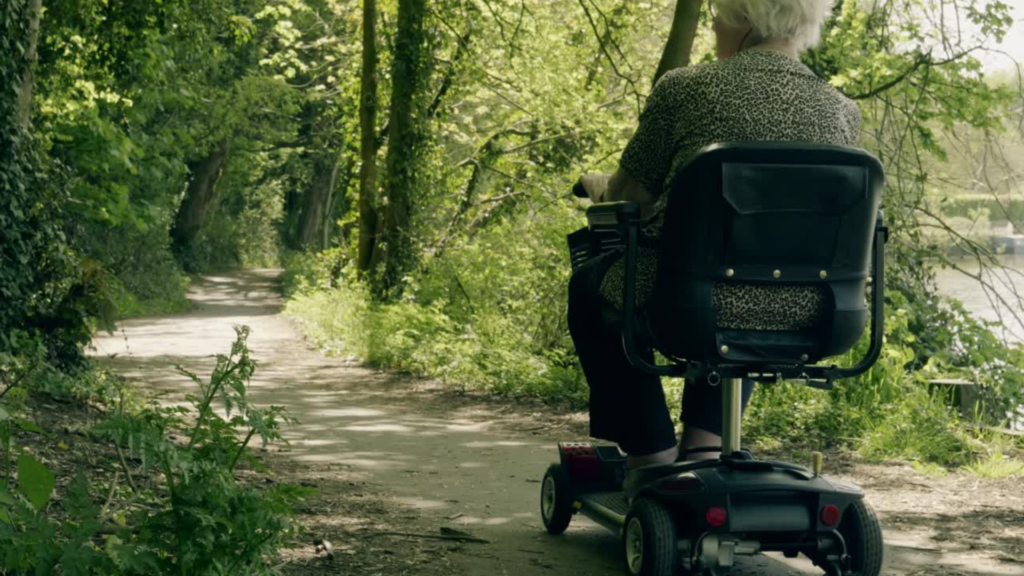
Will you be using your scooter primarily for outdoor use, or are you looking for one that will be utilized inside your home? You might not think this would be an issue; however, if you plan to ride your scooter outside, you want to have one that can handle bumps, grass, gravel, hills, and other types of terrain you might encounter.
If you plan to use the scooter inside you want to ensure the scooter’s dimensions, including width and turning radius, are suitable for the indoor spaces you’ll navigate, such as hallways, doorways, and tight corners. A smaller turning radius is crucial for navigating around furniture and obstacles within the home.
Weight Capacity
The weight capacity of an electric scooter is how much weight the mobility scooter can safely withstand. This includes the weight of the rider plus any other items on the scooter. You can find scooters with a weight capacity of 250-450 lbs., but each model is different. When looking for a scooter, you want to be sure the rider fits the weight capacity that the scooter is intended for.
Heavy-duty electric scooters, at times called bariatric scooters, have a higher weight capacity. Many times this type of heavy-duty scooter will have a maximum weight capacity of 450 lbs.
Accessories
There are many accessories for scooters. Maybe you want lights, mirrors, or a basket. If these are important to you, then, by all means, look for them in your scooter package. But, also remember that many accessories are sold separately, so even if they don’t come with the scooter, you may be able to purchase them separately.
To read about some accessories that are available, I wrote an article, “Best Mobility Accessories” – there may be some accessories you haven’t thought of that you would find beneficial.
Warranty
When looking at a scooter, an important component you don’t want to overlook is its warranty. Since each brand and model has different warranties, this should be part of your purchasing decision. Will the company be there if your scooter should break down? Does the battery come with a warranty? What about the drive train? Again, this can be an important part of your purchase decision.
Price
When looking to purchase your mobility scooter, the price can be a significant factor. Mobility scooters can range anywhere from $700 up to $5000 and more. Look at your budget and know what you can afford before looking – this way, you can see what is available for the amount you want to spend. No sense in looking at a $7000 scooter if your budget is $900. With so many mobility scooters on the market, you are sure to find one to suit your needs and budget.
You Might Also Be Interested In Reading: Best Mobility Scooter Transport Racks
FAQs About Mobility Scooters
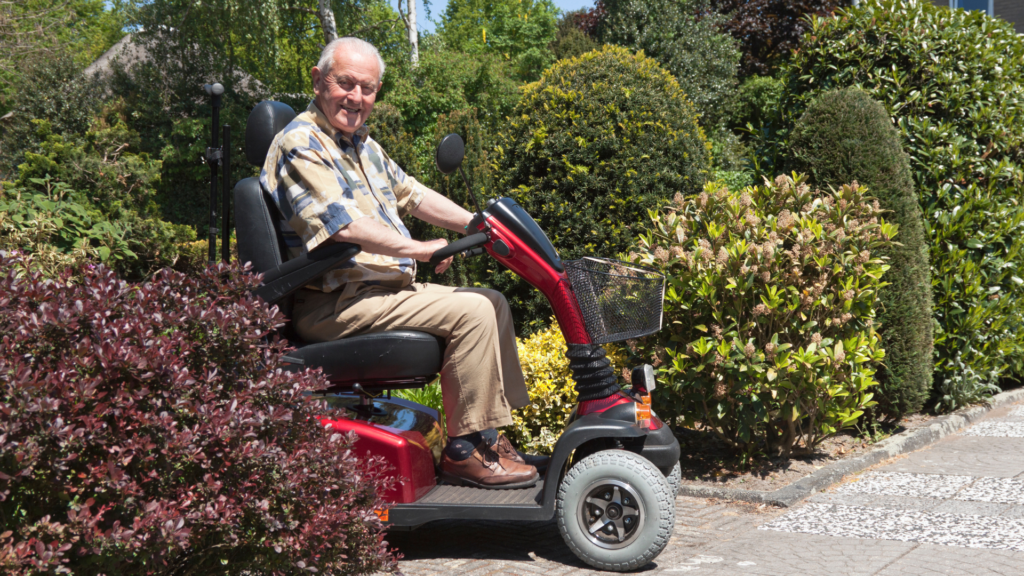
Which scooter is best for older adults?
When it comes to scooters for older adults, there are a few factors that you need to take into account. First and foremost, the scooter needs to be easily maneuverable.
Older adults are often prone to falling, so it is important that the scooter is easy to get around on. Additionally, it would be best to make sure that the scooter is durable and able to withstand a lot of wear and tear.
Another important consideration is the seat. Many older adults suffer from mobility issues, so a comfortable seat is key. Some scooters come with adjustable seats that make the fit better.
Finally, it is important to find a scooter that is lightweight and easy to transport. Many older adults do not have the strength or mobility to carry a heavy scooter around.
So, what are the best scooters for older adults? It comes down to the specific needs and preferences of the individual.
What are the benefits of mobility scooters?
Mobility scooters are specifically designed to help people with disabilities or chronic conditions become more mobile and independent. Additionally, other benefits are improved mood and self-esteem gained from the added independence.
How much does an electric scooter cost?
Typically, electric scooters cost between $700 to $5,000 and up. There are a variety of different types and models to choose from, which many times dictates the cost.
Additional Reading
You Might Also Be Interested In Best Folding Shopping Carts or Challenger Mobility Scooter Trailer Review
Conclusion
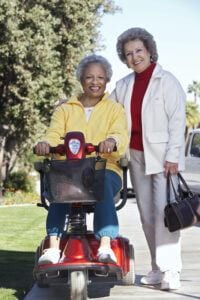
Purchasing an electric scooter for seniors can be a life-changing event. Whether a shopping trip, a vacation, or just getting out and around can be a new adventure.
With all the mobility scooters on the market, I hope in reading Electric Scooters for Seniors – Buying Guide, you have gained insight into the options to consider when purchasing your scooter. Consider all the options and carefully make your purchase based on what you want and the choices you find important. You don’t have to buy all the bells and whistles up front; there are always add-on accessories you can buy at a later time. Remember, a scooter is a motorized device, so stay safe and enjoy your new-found mobility.
Disclaimer: This article is provided solely as guidance and does not constitute legal advice. You are responsible for knowing and following the laws that pertain to mobility scooter use in your local area or state.
Do you have any experience(s) with purchasing and riding electric mobility scooters? I would love to hear about them. Please comment below.
